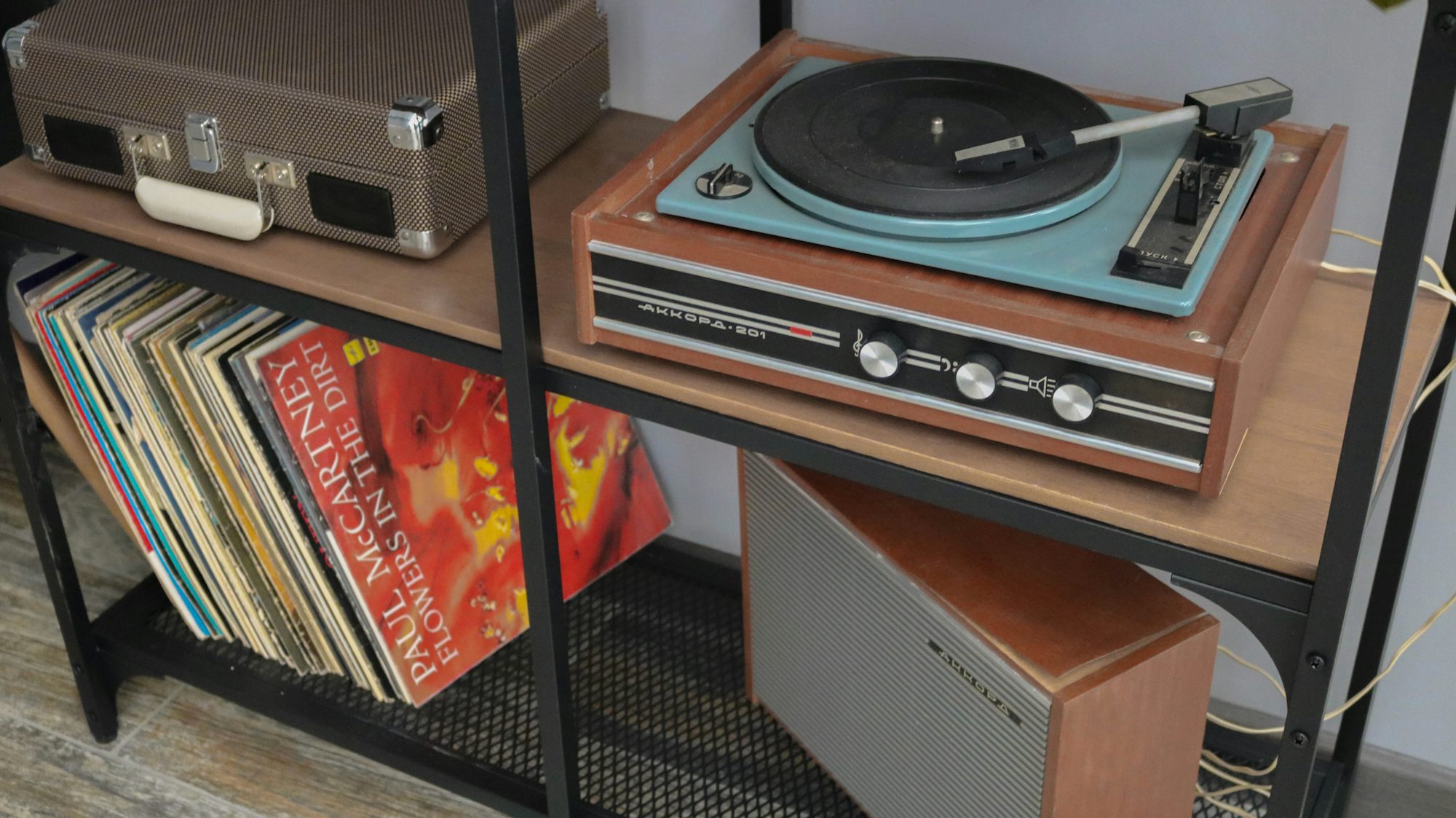Headphones have transformed the way we experience music and audio, creating personal auditory spaces that enhance our emotional connections to sound. In a world where music is an integral part of daily life, the right pair of headphones can profoundly influence how we feel and engage with our favorite tracks, podcasts, and other audio content. This article delves into the technology and design of headphones, their impact on our emotions, and how they enrich our listening experiences.
The Importance of Sound Quality
At the heart of any headphone experience is sound quality, which is determined by the technology used to convert electrical signals into audible sound. The type of drivers in headphones—dynamic, planar magnetic, or electrostatic—plays a crucial role in defining the audio experience. Dynamic drivers are commonly used in consumer headphones due to their versatility and ability to produce powerful bass and clear mids, making them suitable for a wide range of genres.
On the other hand, planar magnetic and electrostatic drivers are typically found in higher-end models, appealing to audiophiles who seek superior sound fidelity. Planar magnetic drivers provide a more detailed and balanced sound, while electrostatic drivers offer exceptional clarity and low distortion. Understanding these differences helps consumers choose headphones that best fit their listening preferences and needs.
Design Matters: Choosing the Right Style
Headphone design is essential not only for aesthetics but also for functionality and comfort. The main styles include over-ear, on-ear, and in-ear headphones, each with its unique characteristics. Over-ear headphones are often preferred for their immersive sound experience, as they completely envelop the ears and provide excellent noise isolation. This design is particularly favored by audiophiles and those who spend long hours listening to music, as it minimizes external distractions and allows for a deeper connection to the audio.
On-ear headphones, while slightly less isolating, offer a balance between portability and sound quality. They are lighter and easier to carry, making them a popular choice for casual listeners who enjoy music on the go. In contrast, in-ear headphones, or earbuds, provide excellent noise isolation and are highly portable, ideal for active lifestyles. The snug fit of in-ear models helps block out ambient noise, allowing users to fully immerse themselves in their audio content.
The Emotional Impact of Music
Music has a profound ability to evoke emotions and memories. Studies have shown that certain melodies and rhythms can trigger feelings of happiness, nostalgia, or even sadness. The headphones we choose can significantly enhance this emotional connection by providing a high-quality auditory experience. For instance, headphones that emphasize bass can create a sense of energy and excitement, making them perfect for upbeat tracks and workouts. Conversely, headphones that highlight mid and high frequencies may be more suitable for genres like classical or jazz, where clarity and nuance are essential.
Wearing headphones also creates a personal space that can help listeners escape their surroundings. This auditory isolation fosters a deeper emotional connection to the music, allowing individuals to engage with their feelings and thoughts without interruption. The act of listening through headphones can transform music into a more intimate experience, enhancing its power to influence mood and emotions.
Practical Applications of Headphones
In today’s fast-paced world, headphones serve various practical purposes beyond music enjoyment. They are essential tools for communication in both professional and personal contexts. With the rise of remote work and virtual meetings, having a quality headset with a built-in microphone has become indispensable. Clear audio quality ensures effective communication, helping to minimize misunderstandings and enhance collaboration.
In fitness, headphones have become vital for motivation and focus. Many individuals find that listening to music during workouts can significantly enhance their performance and endurance. Wireless and sweat-resistant models cater specifically to active users, allowing them to stay engaged without worrying about tangled cords or damage during exercise. The right headphones can turn a mundane workout into an exhilarating experience, helping users push their limits and stay motivated.
Innovations in Headphone Technology
The evolution of headphone technology has brought about numerous innovations aimed at enhancing user experience. Features like active noise cancellation (ANC) have revolutionized how we listen in noisy environments. ANC headphones utilize microphones to detect external sounds and generate opposing sound waves to cancel them out. This technology allows users to enjoy their music or podcasts without distractions, whether on a busy train or in a bustling café.
Wireless technology has also seen remarkable advancements. True wireless earbuds have gained immense popularity due to their convenience and portability. With no connecting wires, they provide maximum freedom of movement, making them ideal for various activities. Many true wireless models now offer features like touch controls and voice assistants, adding to their appeal. As Bluetooth technology improves, so does the sound quality of wireless headphones, narrowing the gap between wired and wireless audio experiences.
Sustainability and Future Trends
As environmental awareness continues to grow, many headphone manufacturers are prioritizing sustainability in their production processes. This includes using eco-friendly materials, reducing waste, and implementing recycling programs for old headphones. Brands are increasingly focusing on creating durable products that are designed to last, reducing the frequency of replacements. By choosing sustainable options, consumers can enjoy their audio experiences while contributing to a healthier planet.
Looking to the future, we can expect continued advancements in headphone technology. Features such as adaptive sound, which adjusts audio settings based on the environment, are becoming more common. This innovation enhances the listening experience by providing optimal sound quality regardless of the surroundings. Additionally, the integration of health monitoring features, such as heart rate sensors in headphones, reflects the growing trend of merging audio enjoyment with wellness, allowing users to track their fitness while enjoying their favorite music.
Conclusion
In summary, headphones play a vital role in enhancing our emotional connection to music and audio. Through advancements in technology, thoughtful design, and a deeper understanding of the psychological impact of sound, headphones have evolved to meet the diverse needs of listeners. Whether for work, fitness, or relaxation, the right pair of headphones can significantly enhance our overall listening experience, allowing us to engage with sound in all its richness and complexity. As we continue to explore the world of audio, investing in quality headphones can lead to more meaningful and enjoyable auditory experiences.


